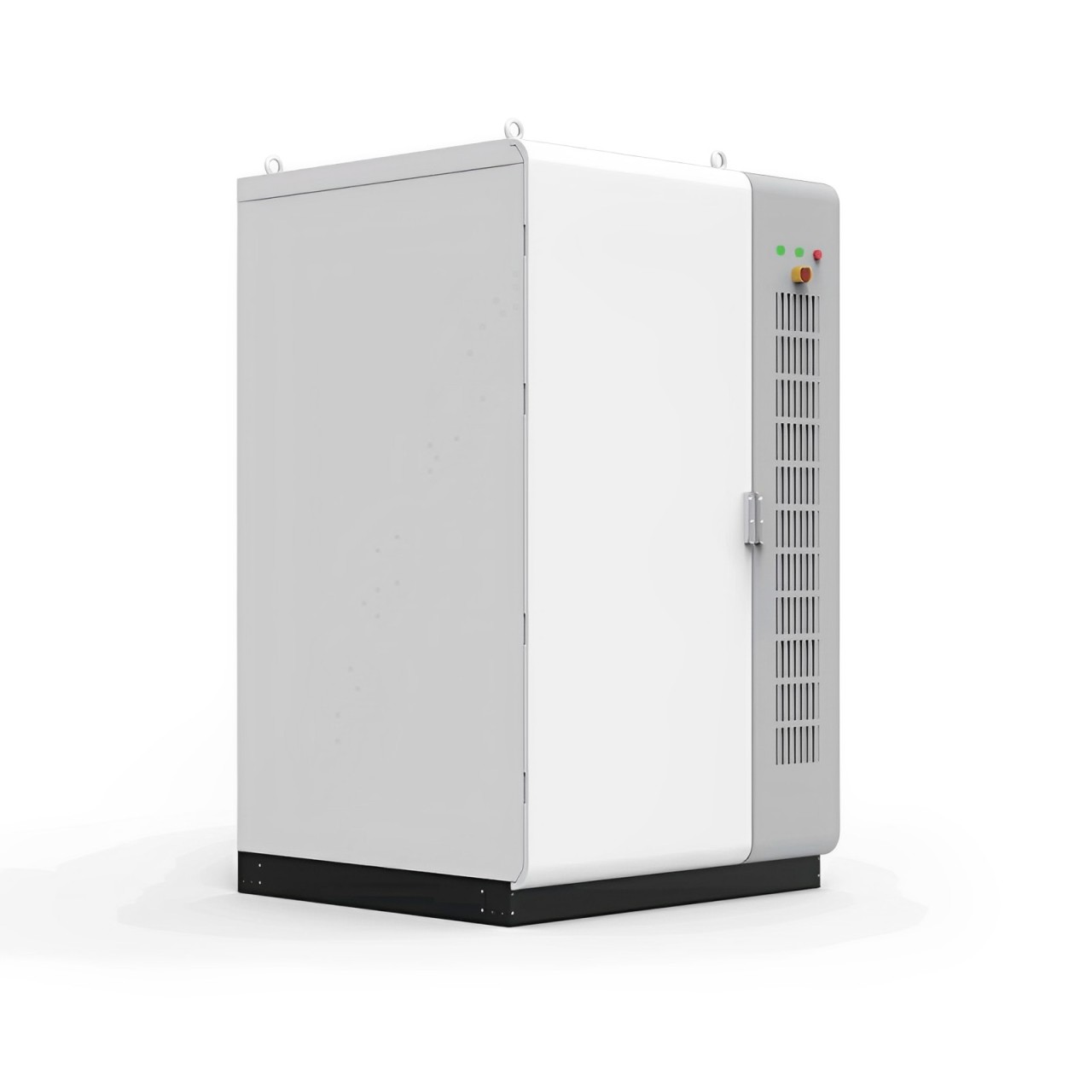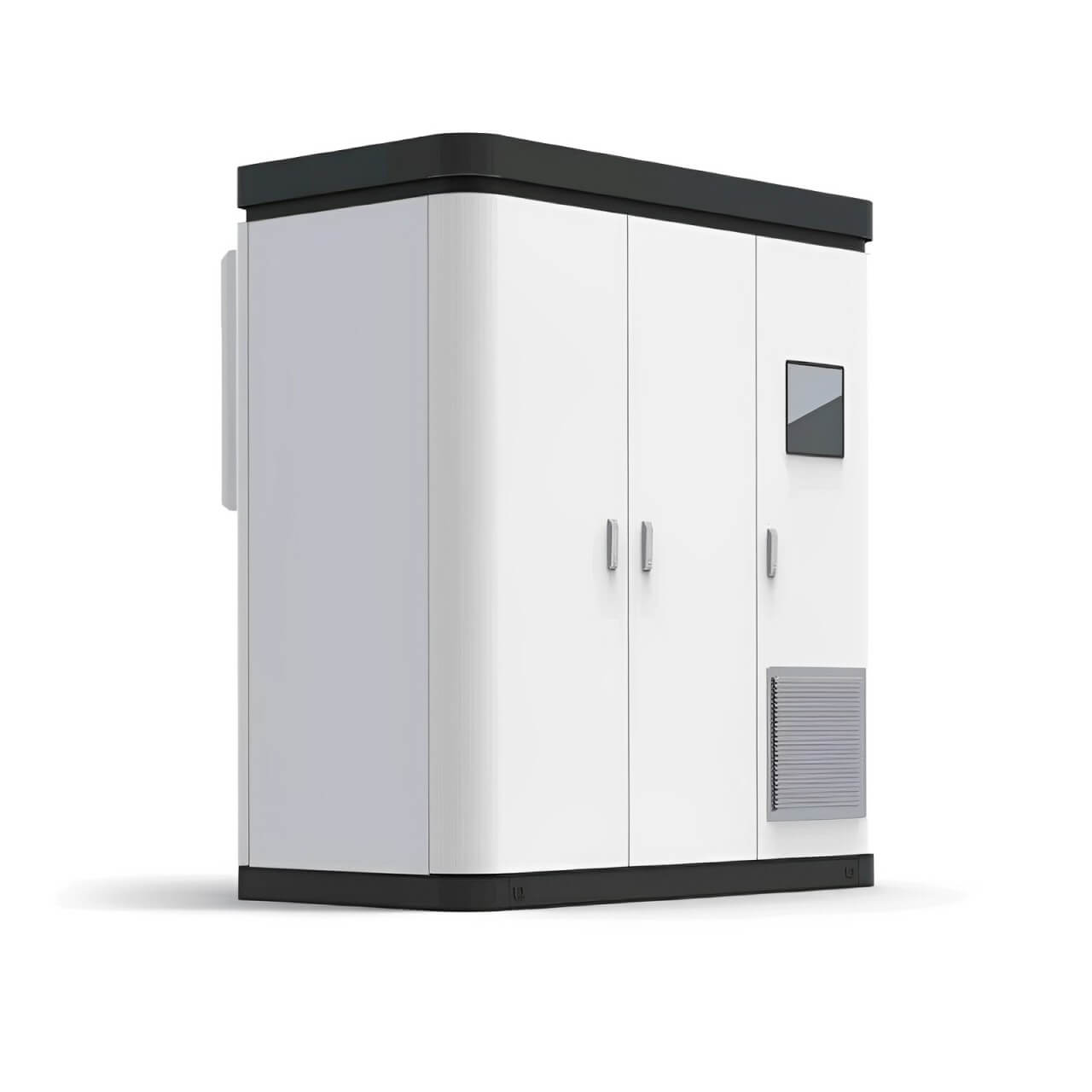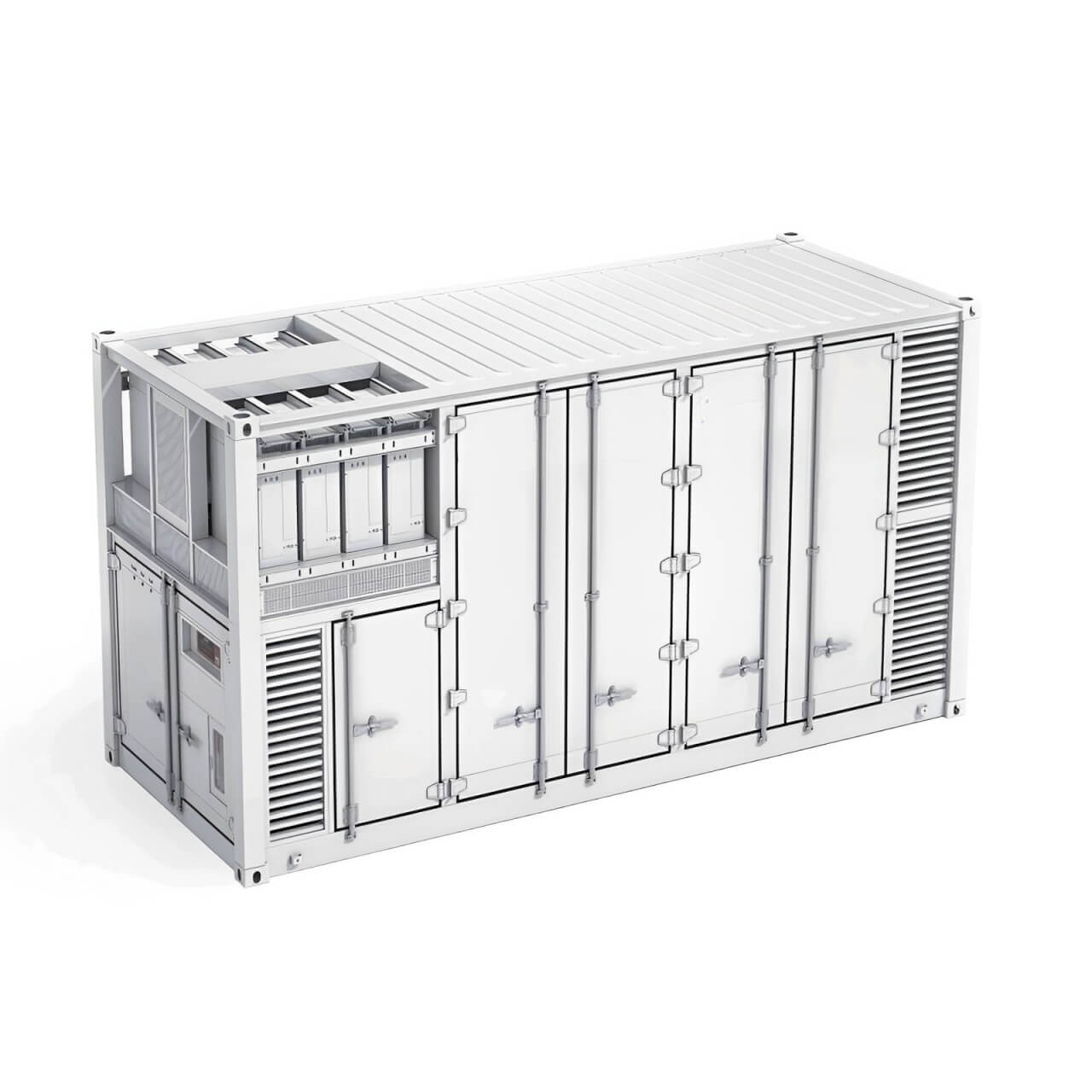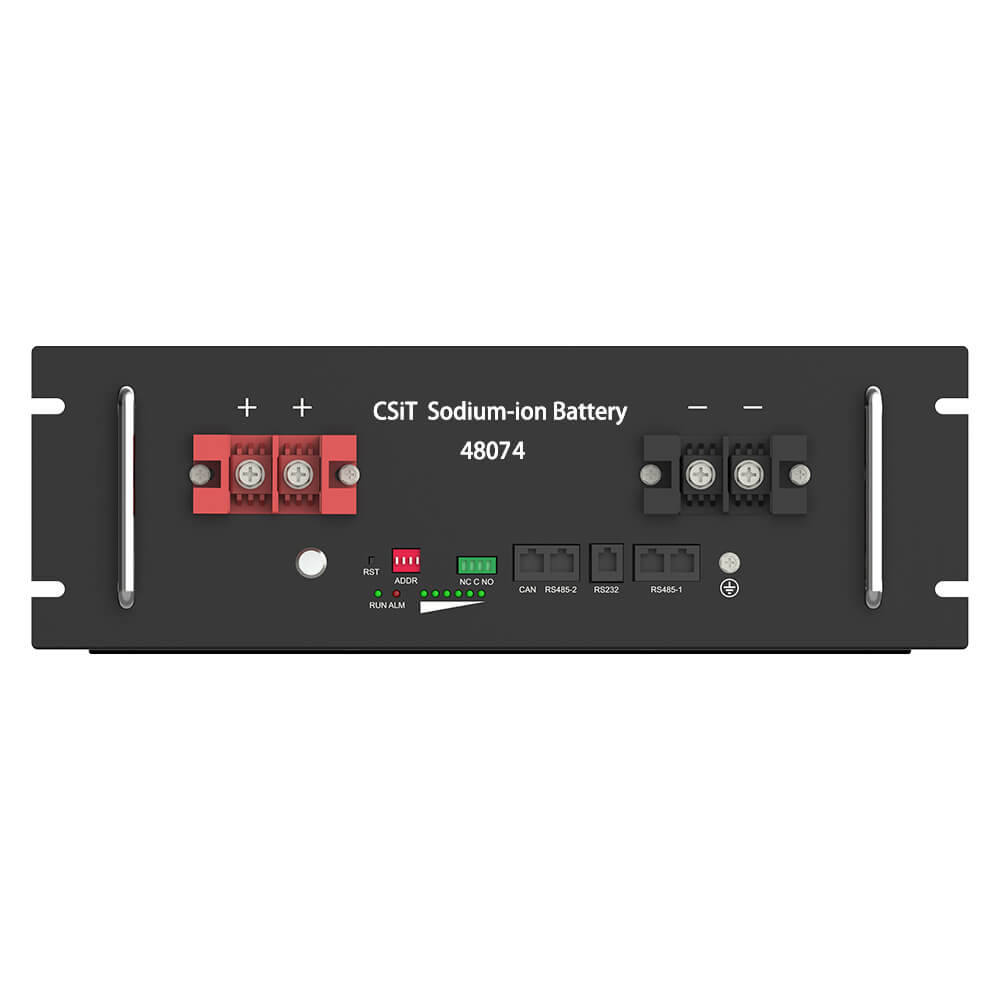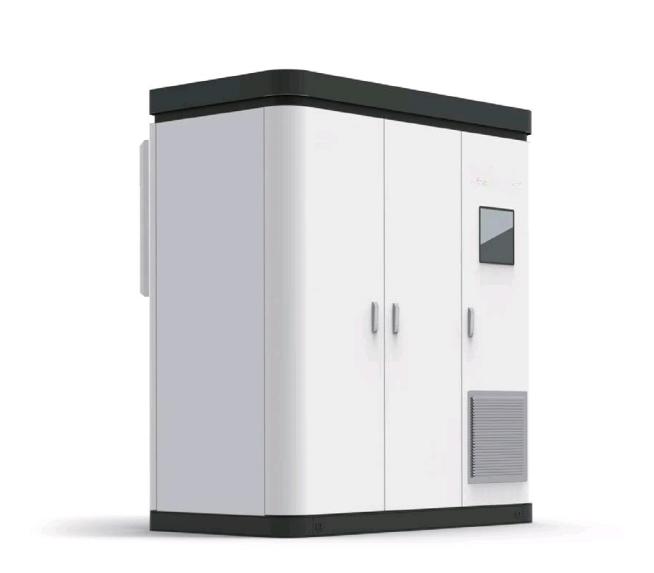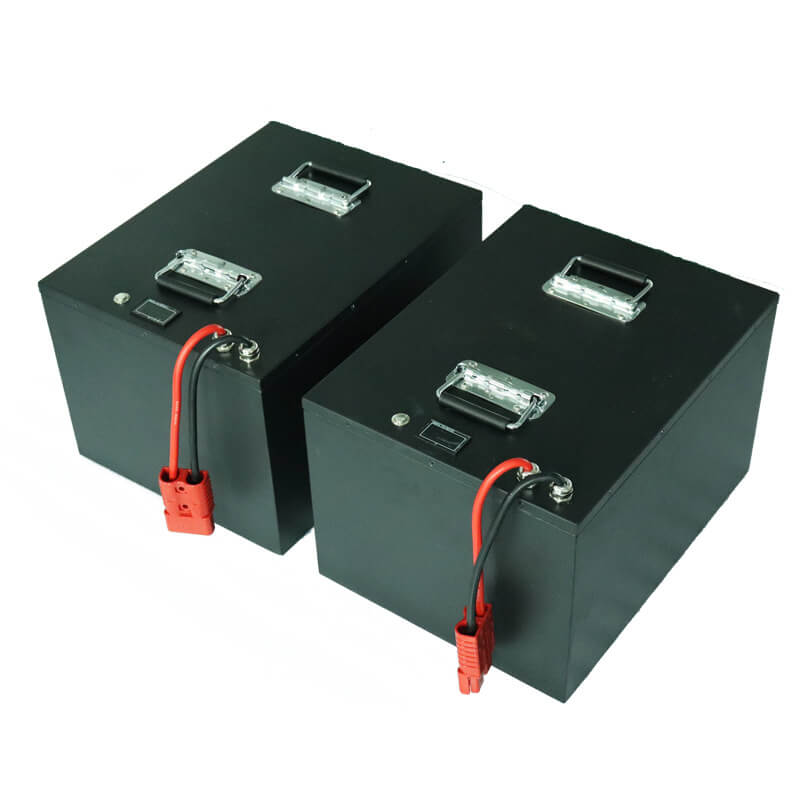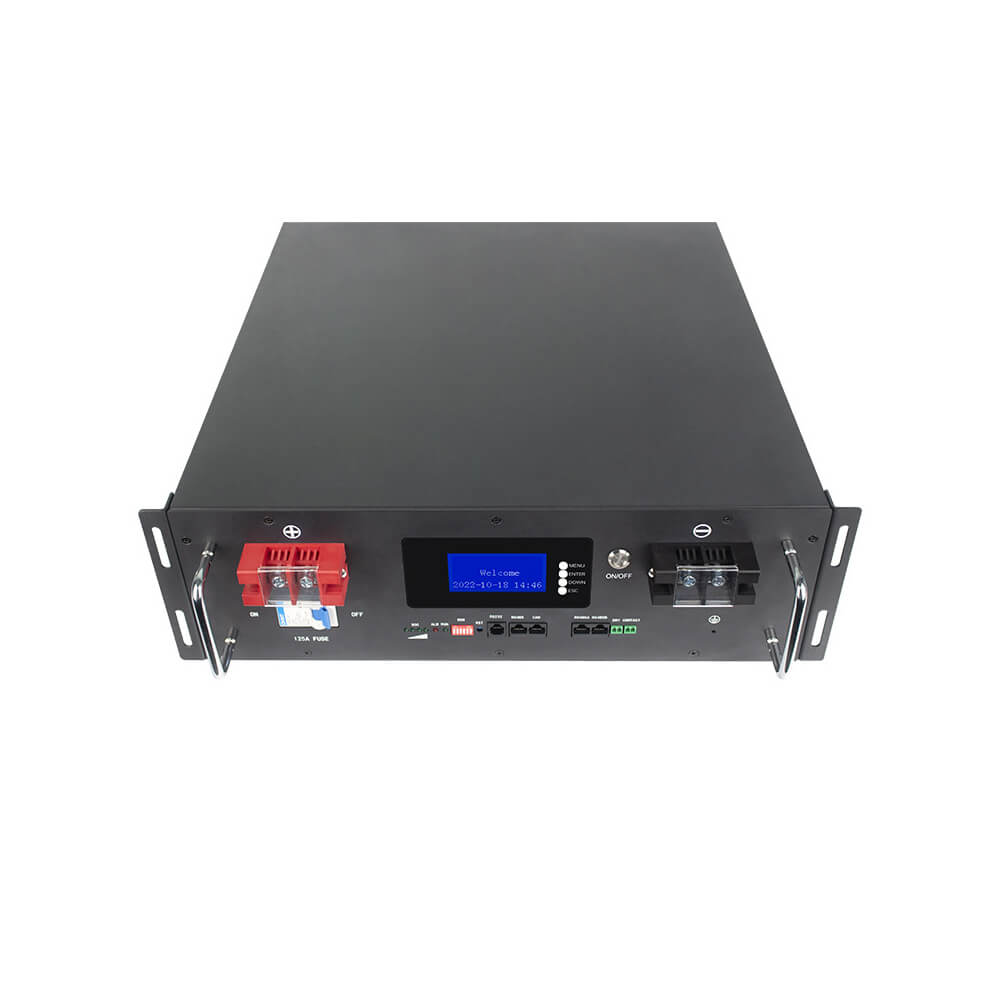Introduction to the three major packaging processes of lithium batteries
Lithium-ion batteries are divided into square batteries, soft-pack batteries and cylindrical batteries according to different packaging processes. At present, square batteries dominate the power batteries on the market, digital products mainly use soft-pack batteries, and cylindrical batteries are used as cost-effective products to fill the market share. What are their characteristics?
The shell of square hard-shell battery is mostly made of aluminum alloy, stainless steel and other materials, and the internal winding or stacking process is used. The protection of the battery cell is better than that of aluminum-plastic film battery (i.e. soft-pack battery). The safety of the battery cell has also been greatly improved compared with cylindrical batteries. However, the square hard-shell battery has higher requirements for the layout of the cooling system. The popularity of square batteries is very high in China. With the rise of automotive power batteries in recent years, the contradiction between vehicle range and battery capacity has become increasingly prominent. Domestic power battery manufacturers mainly use aluminum shell square batteries with higher battery energy density.
Advantages: The packaging shell of the square battery cell is mostly made of aluminum alloy and stainless steel. The battery uses a winding or stacking process inside, which is better than the soft-pack lithium battery in protecting the battery cell. The safety of the battery cell is also greatly improved compared to the cylindrical lithium battery. The structure of the square battery is relatively simple. Unlike the cylindrical battery, which uses high-strength stainless steel as the shell and accessories such as explosion-proof safety valves, the overall accessories are light in weight, with a relatively high energy density. The number of monomers naturally decreases, so the requirements for the BMS battery management system are lower.
Disadvantages: Since the square battery pack can be customized according to the size of the product, there are many different types of square lithium batteries on the market. Too many different types of lithium batteries will make it difficult to unify the process, resulting in a low level of automation, large differences in monomers, and there may also be a group of square lithium battery packs that are far lower than the life of a single lithium battery.
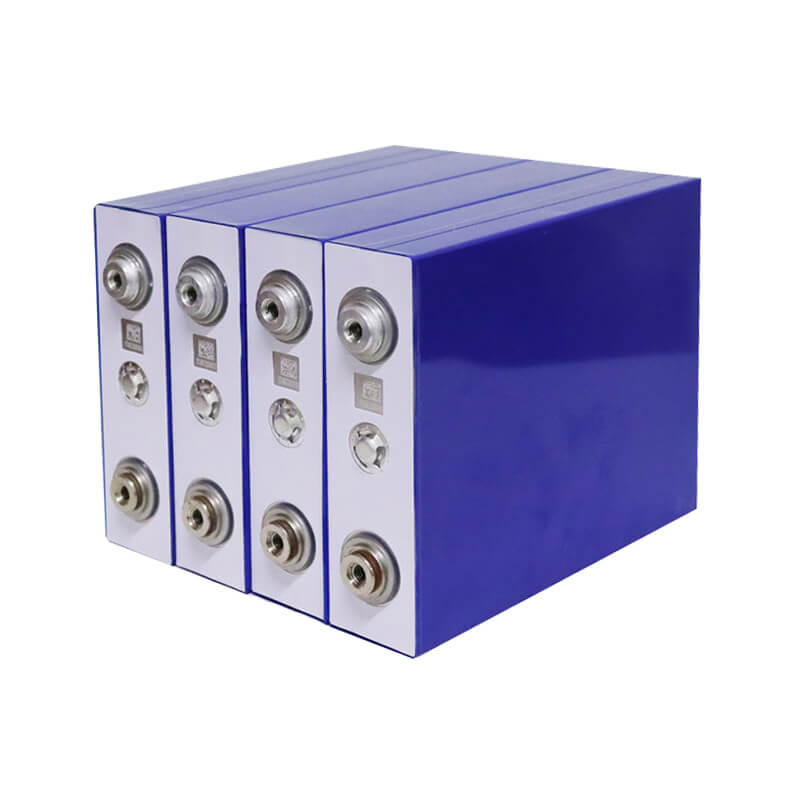
The materials and processing technology used in soft-pack lithium batteries are not much different from those of traditional steel shell and aluminum shell lithium batteries. The big difference lies in the soft packaging material (aluminum-plastic composite film), which is the key material in soft-pack lithium batteries. Soft packaging materials are usually divided into three layers, namely the outer resistance layer (generally an outer protective layer composed of nylon BOPA or PET), the barrier layer (middle layer aluminum foil) and the inner layer (multifunctional high barrier layer).
Advantages: Good safety performance, the soft-pack battery is structurally packaged with aluminum-plastic film, which is less likely to explode than the hard-shell packaging; high energy density, the weight of the soft-pack battery is 40% lighter than the steel-shell lithium battery of the same capacity, and 20% lighter than the aluminum-shell lithium battery;
Disadvantages: Soft-pack batteries currently need to solve the problems of standardization and high cost, heavy reliance on imports of aluminum-plastic film, and poor consistency.
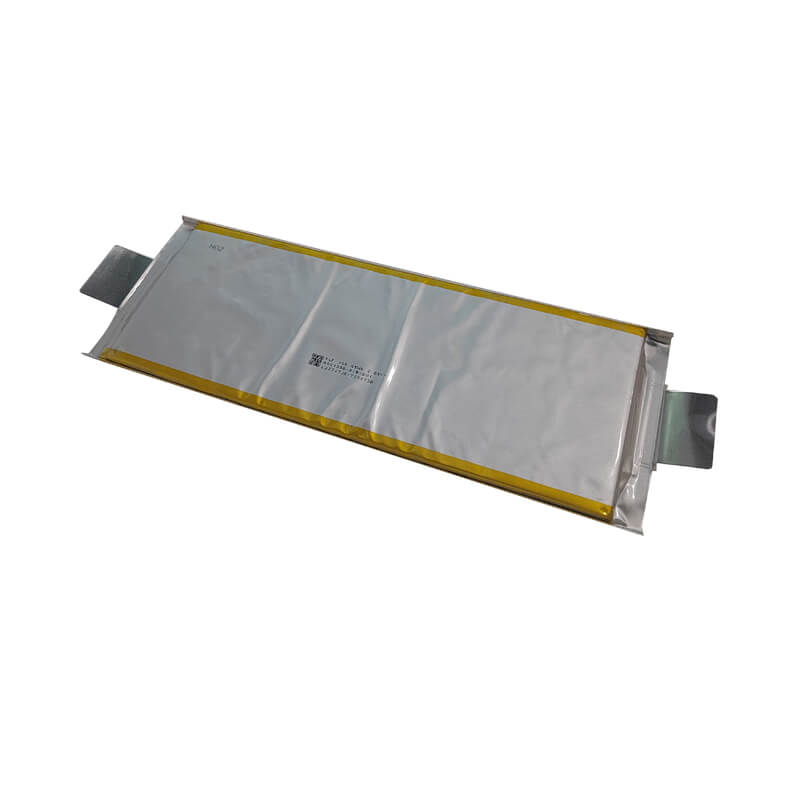
Advantages: Cylindrical battery is the earliest mature industrialized lithium battery product. After more than 20 years of development, the production process of cylindrical lithium batteries is mature, the production efficiency is high, and the cost is relatively low, so the cost of PACK is also relatively low, the lithium battery yield rate is higher than that of square lithium batteries and soft-pack lithium batteries, and its consistency and safety are also excellent.
Disadvantages: Cylindrical cells are generally packaged in steel shells. Although they are safer, they are heavier, which makes the specific energy of lithium battery packs relatively low. The cylindrical shape leads to low space utilization, and poor radial thermal conductivity leads to temperature distribution problems. Due to the poor radial thermal conductivity of cylindrical batteries, the number of windings of the battery cannot be too many (the number of windings of 18650 batteries is generally around 20), so the single cell capacity is small. When used in electric vehicles, a large number of single cells are required to form battery modules and battery packs, which greatly increases the connection loss and BMS management complexity.
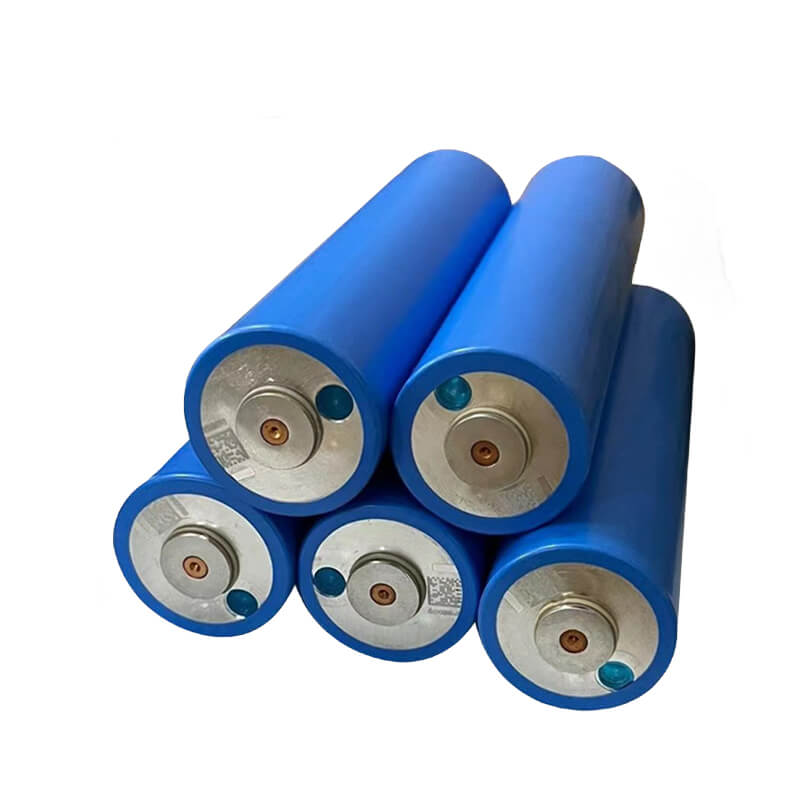
Comparison of three lithium battery packaging methods:
1. Square: The process is simpler, the battery cell is protected, the grouping is easy, and the energy density is higher than that of the cylinder. However, there is no standardization, there are too many models, and the process is difficult to unify. In the past, square batteries were mainly wound, and now, for example, blade batteries have begun to use lamination technology.
2. Soft pack: The thin form makes the energy density greater, but the strength is low, the manufacturing process requirements are high, and the requirements for grouping are also higher.
3. Cylindrical: better standardization, only 1865, 2170, 4680. It has a long history and mature technology. It was first invented by Sony in 1992 (the earliest commercial lithium battery); it has a high degree of automation, strong product consistency, and low cost. The disadvantages are: the radial thermal conductivity is poor, so the number of winding layers cannot be too many, so the single capacity is small, hundreds or thousands of single cells are required, and higher battery thermal management technology is required. In addition, due to the low space utilization rate and heavy steel shell when grouping, the energy density is not high when grouping.
Lithium battery packaging can also be divided into winding and lamination from another dimension. Among them: cylinders can only be wound, soft packs can only be laminated, and squares can be wound or laminated. These three packages are all available and easy to use. Once an enterprise decides which package to use, it will not change easily unless the packaging process pattern changes dramatically.

 简体中文
简体中文 Russian
Russian French
French German
German Japanese
Japanese Korean
Korean Arabic
Arabic Spanish
Spanish